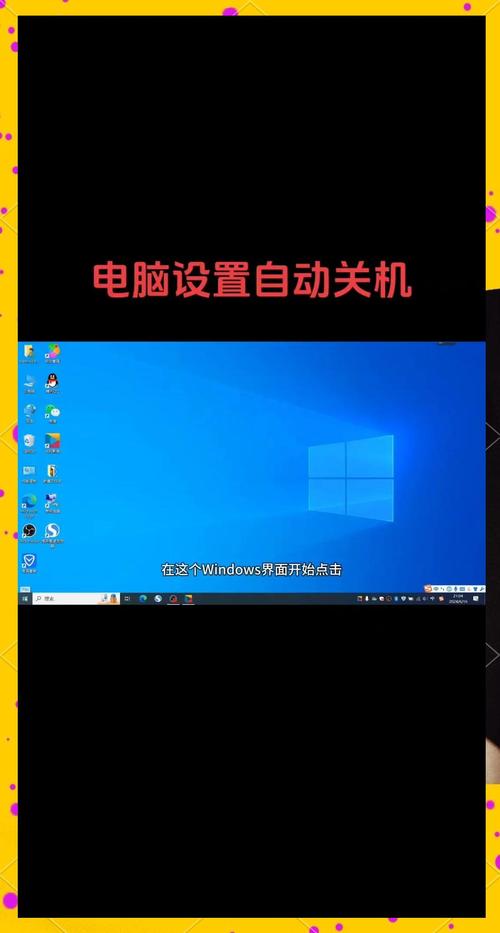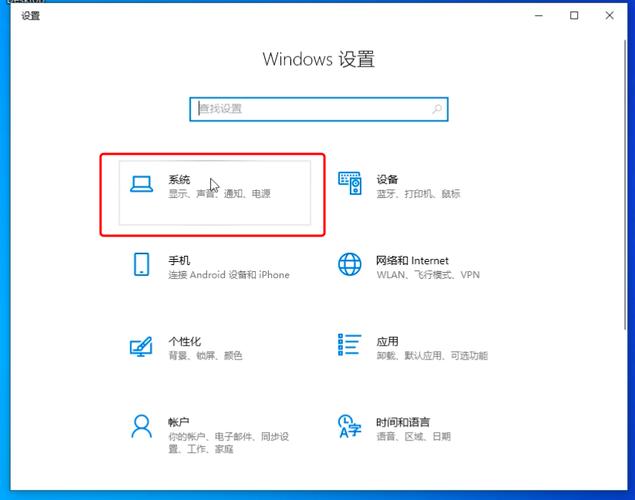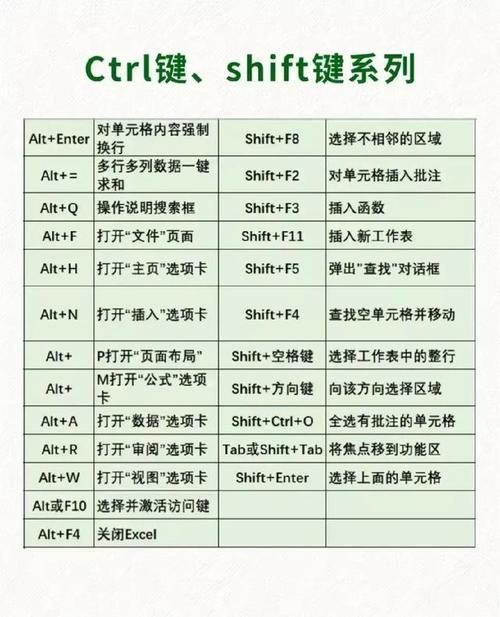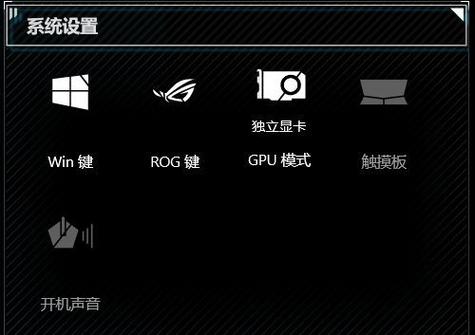Lazada, a leading e-commerce platform in Southeast Asia, requires sellers to list their products using English for certain markets such as Malaysia, Singapore, and the Philippines. However, for other countries like Thailand, Vietnam, and Indonesia, it is advisable to use the local language to enhance product visibility and appeal.
Here's a detailed breakdown:

1、English Requirement: For markets where English is widely spoken or preferred, such as Malaysia, Singapore, and the Philippines, listing products in English is essential. It not only ensures that your product descriptions are understood by a broader audience but also aligns with Lazada's policy of requiring English tags.
2、Localization: In markets dominated by languages other than English, such as Thailand, Vietnam, and Indonesia, using the local language can significantly improve the reach and effectiveness of your listings. This localization helps in connecting better with the local consumer base, making your products more accessible and appealing.
3、Translation Tools: For sellers who are not fluent in multiple languages, utilizing translation tools or hiring professional translators can be beneficial. These tools can help in accurately translating product details into the required language, ensuring that the essence and information of the product are conveyed correctly.
4、Multilingual Listings: In some cases, offering multilingual listings can be advantageous. If your target market includes both English speakers and speakers of the local language, providing listings in both languages can cater to a wider audience.
In conclusion, while English is a primary requirement for listing products on Lazada in certain markets, adapting to local languages in others can greatly enhance product visibility and sales. It's crucial for sellers to understand the linguistic preferences of their target markets and tailor their product listings accordingly.










评论列表 (1)
Lazada要求在马来西亚、新加坡和菲律宾等市场使用英语列出产品,而在泰国、越南和印度尼西亚等市场,使用当地语言可提升产品可见度和吸引力,卖家需根据目标市场选择合适的语言。
2025年08月01日 19:37